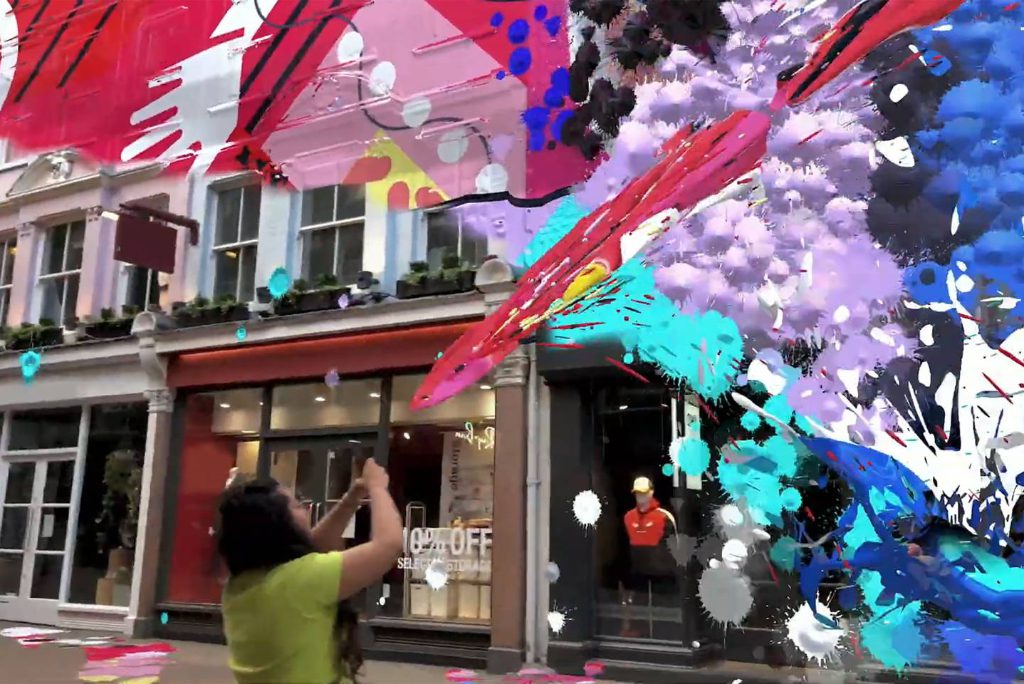Apple and Snap Offer Augmented Reality That Paints a Vision for Travel's Virtual Future

Skift Take
Augmented reality will remain a seldom-used novelty for at least five years. But brands ignore the tech at their peril. Innovative travel companies may find chances today for cost-effective ad campaigns via the emerging medium.
Snap, Apple, and Questo have joined other technology companies in taking further steps to popularize the use of augmented reality. New hardware, software, and partnerships may make it more common for travelers to use devices to look at destinations in fresh ways.
For years, marketing hype has touted augmented reality — which mixes the virtual and the real on a smartphone screen or other digital device. Yet it has taken time for hardware makers to catch up to the promise. Today's augmented reality offerings continue to lack immediate appeal or widespread adoption.
But the future potential for augmented reality seems straightforward. Travelers rely on their devices during trips, and travel brands need to watch how travelers' virtual interactions in today's social media and phone apps may reshape their expectations at destinations tomorrow.
Snap, a social media company and a camera maker, this month debuted a novel test of augmented reality at London's Carnaby Street, a shopping and nightlife district. People standing anywhere along Carnaby Street can open the Snapchat app on their phones, view the streetscape via the camera lens, and then virtually spray red and blue paint above the shops. Users essentially uncover graffiti murals that the app developers have created.
Users of Snap's feature can see how others virtually spra

